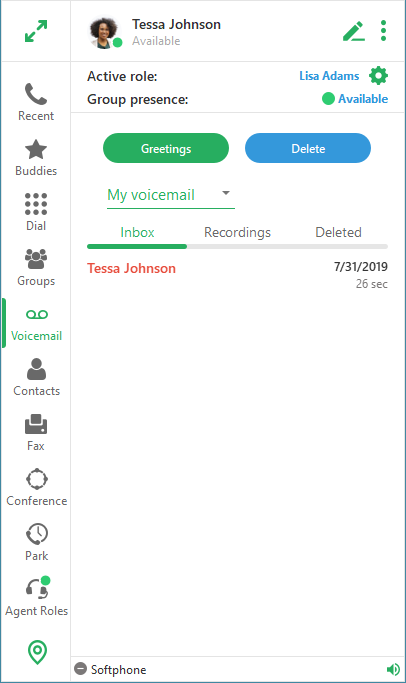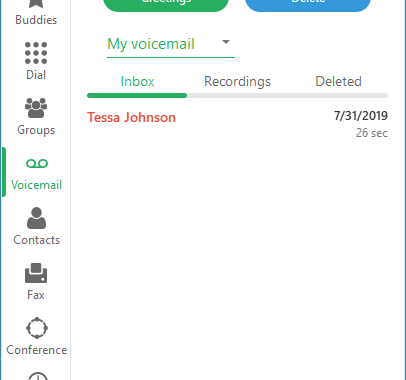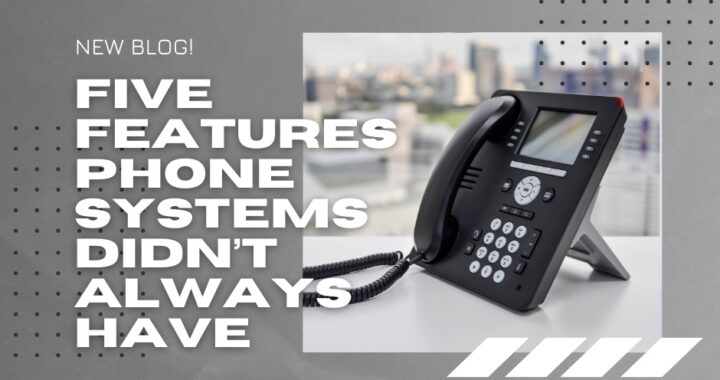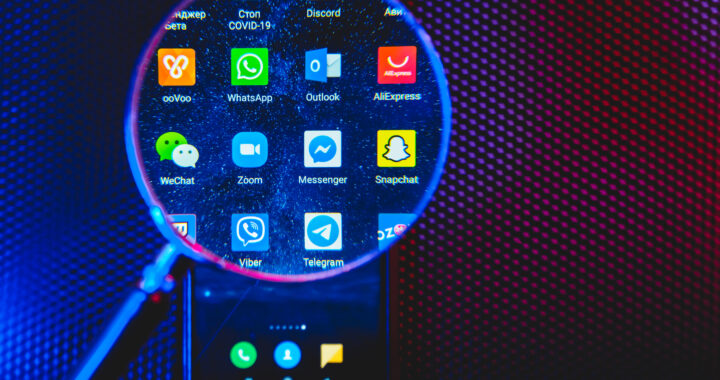The Leaves Are Falling and It’s That Time… for Changing the Outgoing Message
Autumn is here! Winter is coming… What does that have to do with technology?
Fall is a time of change. And as the seasons are changing, along comes cold and flu season, weather related closures and the holidays. All three can create major changes in scheduling, personnel, and ultimately operations.
It’s this time of year that legacy phone system customers call us to say thosewords we associate with this beautiful time of year, “How do we go about changing the outgoing message again?”
If you have older equipment, you probably don’t have the process of changing the outgoing message memorized. It takes a lot of button pressing. It almost reminds you of one of those movies where two people need to simultaneously turn a key and then punch in passcodes to launch or prevent a nuclear attack.
Why did telephone manufactures treat changing a message with the same solemnity as starting a world war?
Changing the Outgoing Message Used to Be a Feat of Technology
Well it’s not just to keep IT companies in business. In fact today’s telephone system typically use a GUI interface for making programming changes. Anyone with the right credentials can then easily make changes or send a prompt for non-administrators to do so with their personal or department mailboxes.
Older digital or analog system don’t have that ability. But it’s not because of spite. The technology simply wasn’t there in the 80s or 90s to allow such simple administrative adjustments.
In fact PCs weren’t even a given in an office environment back then. The one piece of advanced tech that telephone manufacturers knew that you had in place was the equipment you just purchased – the telephone system.
So the telephone system was the computer used to make programming adjustments.
Considering the processing power available, it’s amazing how much our legacy telephone systems could do. With just a few presses of a button (the sequence of which may have been difficult to memorize but could be kept in a safe file back when people used more paper records) you could change the message that your customers heard when they called your number!
The Geography of Changing
Besides complication, the other biggest obstacle to the old way of doing things was geography.
With the oldest telephone systems, you had to be physically present to make a change. If the reason the office was closed was weather-related, that was not necessarily feasible.
As technology evolved, it became possible to call in from outside the office. This was naturally helpful for weather-related closures or other unexpected events, but still required knowing the necessary button sequence in order to implement changes.
Today we can make a cell phone or computer an endpoint on your system and if you have credentials, you can make changes from anywhere.

There are some downsides to more modern equipment. The more complex a system is the more room there is for a hardware or software failure. Old Toshiba systems were basically bullet-proof. We still have systems from the 80s in clients’ businesses!
Likewise, when most modern telephone systems are more software than hardware based, there is more room for malware or hacking. But with the correct equipment and IT company behind you, you can mitigate these vulnerabilities. Complex, changing passwords, firewalls and other network security measures go a long way.
Maybe we’re not that far away from the simultaneous key turning as we thought? Well, maybe. But changing the outgoing message and other features have become a lot easier for the end user. And the equipment has also become far more affordable.
So, do you still need to call and ask how to change your outgoing message this time of year? If so, it sounds like it’s time for an upgrade!



